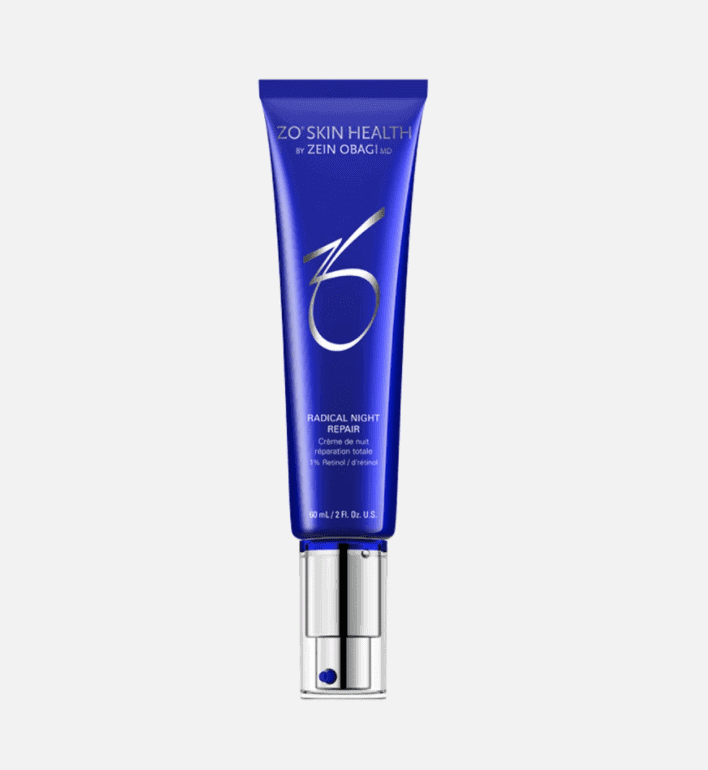
Healthy skin has a normal skin colour. In case of an injury or illness, your skin may change colour. In most cases, the skin becomes darker, a condition known as hyperpigmentation. In other cases, the skin may get lighter (hypopigmentation).
What Is Hyperpigmentation?
Hyperpigmentation is a skin condition that occurs when the skin produces more melanin. This causes spots or patches to appear on the skin that are darker than the surrounding areas.
Hyperpigmentation is not harmful. It can, however, lead to emotional distress in some individuals. The condition occurs in small patches, but in more severe cases, it can cover larger areas or affect the entire body.
What are the Signs of Hyperpigmentation?
The main sign of hyperpigmentation is dark spots or patches on the skin. The patches vary in size and can occur anywhere on the body.
The greatest risk factors are inflammation and sun exposure. Both cause an increase in melanin production. Other risk factors include pregnancy and oral contraceptive use. Skin trauma like a wound or a burn injury can also cause hyperpigmentation. Another risk factor is the use of drugs that increase your sensitivity to the sun.
What Causes Hyperpigmentation?
The main cause of hyperpigmentation is an increase in melanin production. There are different types of hyperpigmentation. The most common are sunspots, melasma and post-inflammatory hyperpigmentation. So, what causes hyperpigmentation?
Sun Exposure
Sunlight exposure is the leading cause of hyperpigmentation. It also leads to the darkening of already pigmented areas. Sun exposure causes the skin to trigger extra melanin production.
This is a line of defence against skin damage, and it’s what causes your skin to tan. Continuous exposure, however, leaves behind dark spots.
Skin Trauma
Acne, bug bites, eczema, cuts, scrapes, scratching and friction can set off inflammation. Inflammation causes an overproduction of pigment cells. This leaves behind dark spots when the injury heals.
Melasma
Melasma is characterised by brown patches and occurs in women during pregnancy. Men can, however, also get melasma. It’s triggered by hormonal changes, genetics and sun exposure.
Certain Medical Conditions
Medical conditions like Addison’s disease can cause hyperpigmentation. The condition leads to decreased adrenal gland function which causes increased melanin production.
Certain Medications
Certain medications like antibiotics, antimalarial drugs or antiarrhythmics cause hyperpigmentation. Certain chemotherapy drugs can also lead to patches on the skin.
How Can You Treat Hyperpigmentation?
Hyperpigmentation treatments improve skin texture and visible discolouration. ZO Skin Health has a wide range of products containing potent ingredients that repair damaged skin. Some of the treatment options include:
ZO Retinol Skin Brightener – This is a retinol-based solution that comes in 25%, 5% or 1% formulations. The solution promotes skin exfoliation to improve skin tone and smoothness. It also helps the skin become more resistant to discolouration aggressors. It’s specially encapsulated to deliver targeted and controlled retinol release. This helps brighten the skin.

ZO Wrinkle + Texture Repair – This is a high-potency retinol. It features a microemulsion delivery system that helps reduce signs of ageing like hyperpigmentation, fine lines and wrinkles.

ZO Radical Night Repair – The 1% retinol formula helps improve skin texture. It also reduces uneven pigmentation, fine lines and wrinkles.

Hyperpigmentation is not a medical condition but a result of so many factors. Hyperpigmentation causes dark patches and spots on the skin. To speak to the Harley Clinic so you can formulate a skin treatment plan, book a consultation today through 0203 582 4947 or by sending an email to [email protected].
Further Reading:
- How to Stay Looking Young And Refreshed: 6 Tips From a Plastic Surgeon
- The 4 Most Popular Non-Surgical Cosmetic Procedures Right Now
- The 8 Top Anti-Ageing Treatments For Glowing and Youthful Skin
- Can You Remove Acne Scars Permanently
- What Makes You Look Older? 10 Unhealthy Habits to Avoid
- 6 Useful Skincare Tips for Men This Winter to Combat Dry and Dull Skin
- 5 Ways Not Enough Sleep Can Impact Your Skin










